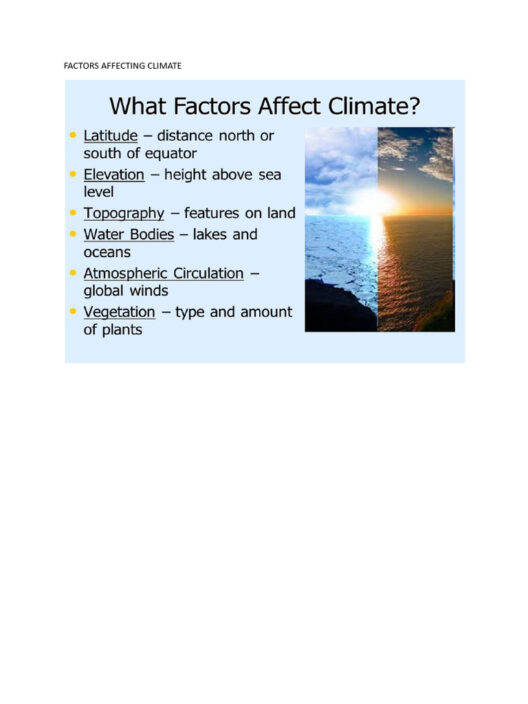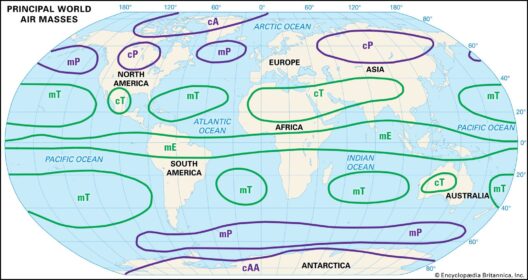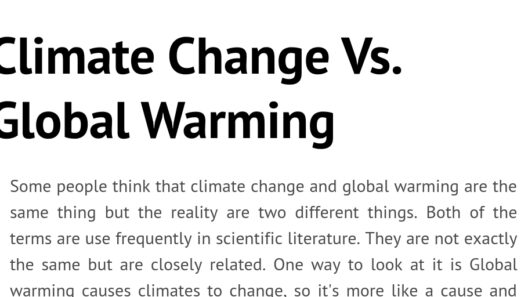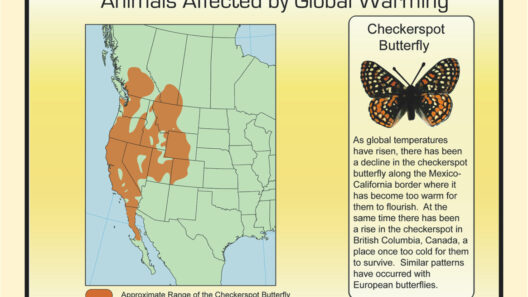Climate change, much like an insidious tide, creeps into every facet of our lives, quietly eroding the foundations of our ecosystem. The grand narrative of pestilence and destruction posed by global warming may feel overwhelming, yet the antidote lies not in the hands of distant policymakers, but within our own communities. Local efforts, albeit small in the grand tapestry of climate action, weave together to form a powerful force capable of fostering substantial change. How can you prevent global warming in your community? Herein lies an exploration of grassroots initiatives, community engagement, and the distinct appeal of collective stewardship towards a more sustainable future.
One of the fundamental pillars in preventing global warming is the cultivation of awareness. Education is not merely the dissemination of information but the propagation of consciousness. Communities must be galvanized to inform their citizens about the ramifications of climate change. Workshops on carbon footprints, public seminars on sustainable living, and collaborative projects with schools can transform abstract concepts into relatable realities. By fostering an environment where knowledge thrives, communities can awaken an inherent responsibility to mitigate climate change.
Next, consider the role of local agriculture in your community. Urban farming and community gardens are akin to small oases in concrete jungles. These green spaces not only reduce the carbon footprint associated with food transport but also enhance biodiversity. They are living laboratories where individuals can reconnect with the earth, cultivating not just vegetables, but also a profound respect for nature. Local initiatives can support these endeavors by providing resources, knowledge, and even plots of land, empowering citizens to take food security into their own hands while promoting sustainable practices.
Transportation provides another avenue for direct impact. The omnipresence of personal vehicles, akin to a relentless river of exhaust fumes, contributes significantly to greenhouse gas emissions. Communities can combat this cascade by advocating for robust public transportation systems, carpooling initiatives, and the establishment of bike lanes. Implementing ‘walkable’ neighborhoods is not merely about infrastructure; it is about creating a culture of accessibility and interconnectedness. A community that strides together fosters a powerful collective consciousness as members embrace ecologically sound travel habits.
Further reinforcing the fabric of community involvement is the potential for local governments to adopt sustainability initiatives. Advocacy towards local policymakers can metamorphose into comprehensive plans for reducing energy consumption and mitigating waste. Community members can mobilize to push for ordinances that enforce stricter zoning laws, promote renewable energy sources, and enhance energy efficiency in buildings. This could involve lobbying for incentives to utilize solar panels or wind turbines, thus augmenting the local energy matrix. When community voices resonate in unison, they acquire a resonance that can be hard to ignore.
Waste reduction, the undercurrent of sustainability, also plays a pivotal role in combating global warming. Every morsel tossed into the trash is a testament to careless consumption. Communities can take the lead in establishing composting programs and recycling campaigns. Zero-waste initiatives, though ambitious, can start small—such as community clean-up days or educational programs incentivizing sustainable purchasing behaviors. Each act of conscientious disposal reverberates through the environment, promoting a culture of recycling and reuse.
Community events form the heartbeat of localized climate action. Festivals centered around sustainability create platforms for sharing ideas and tools while fostering camaraderie. Workshops on DIY eco-friendly products, plant swaps, and clothing exchanges not only promote sustainable practices but also deepen social ties. Create a “Green Day” where local artisans, farmers, and sustainability advocates converge to share their expertise and actions, illustrating the mosaic of efforts that can come together for global impact.
Additionally, local businesses can be pivotal allies in the journey towards a sustainable future. Encouraging them to adopt sustainable practices—be it reducing plastic usage, utilizing energy-efficient appliances, or sourcing locally—can create a ripple effect. Campaigns that highlight businesses committed to environmental stewardship can incentivize others, prompting a shift in consumer behavior towards supporting those who prioritize the planet over mere profit. “Buy local” becomes more than a catchphrase; it matures into a clarion call for economic and ecological resilience.
In the realm of technology and innovation, communities possess the capacity to harness collective ingenuity. Collaborating on projects involving renewable energy, sustainable architecture, or water conservation mechanisms can yield innovative solutions tailored to local context. Engaging local universities or tech incubators to address environmental challenges through research and development can further bolster community resilience. The quest for sustainability can become an intellectual endeavor, creatively aligning academia with local activism.
Ultimately, the pursuit of preventing global warming in our communities hinges on the delicate balance between local action and global awareness. Each initiative, each small change, serves as a reminder that individual actions aggregate to monumental transformations. Like drops of water converging into a formidable river, local efforts form the lifeblood of a sustainable future. In this ecological tapestry, every thread contributes to a picturesque future where humanity coexists harmoniously with nature. So let us stand united, inspired by the knowledge that our collective actions today can rewrite the fate of our planet’s tomorrow.








